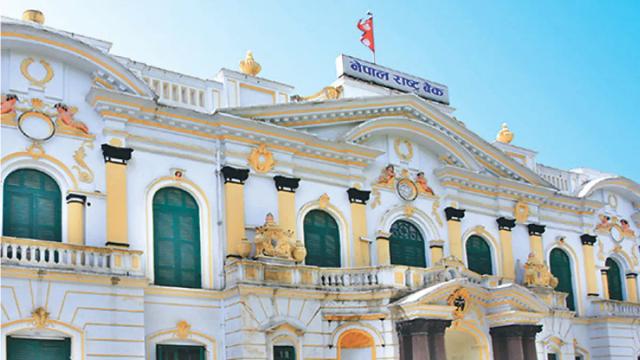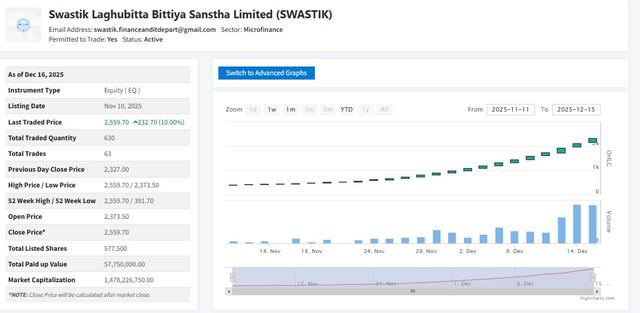Excess Liquidity Challenges NRB’s Interest Rate Corridor Management; NPR 80 Billion Mopped Up in a Day
Author
NEPSE trading

The persistent excess liquidity in Nepal’s banking system has made it increasingly difficult for the Nepal Rastra Bank (NRB) to manage the interest rate corridor. Despite declining interest rates, credit demand remains sluggish. With limited loan disbursement opportunities amid weak economic activity, banks are redirecting surplus liquidity into short-term instruments.
As a result, NRB has once again moved to absorb excess funds from the system. Today, it issued a 21-day deposit collection instrument worth NPR 80 billion to mop up liquidity. This comes even before the previously collected NPR 31.65 billion from April 6 has matured.
Banks currently have NPR 161.35 billion locked in prior deposit collection instruments, which are yet to mature. Interested banks and financial institutions can submit bids by 3 PM today. The principal and interest will be settled on Ashar 4 (June 18), with the interest rate determined through bidding. Institutions can request a minimum of NPR 1 billion and a maximum equivalent to NPR 5 billion per bid.
Just last Sunday, NRB had issued a similar 21-day instrument worth NPR 30 billion. Twenty institutions applied for NPR 66.4 billion, but NRB accepted only the intended NPR 30 billion at an average interest rate of 2.96%.
Since the start of the current fiscal year, NRB has conducted 76 rounds of liquidity absorption via deposit instruments, totaling NPR 2.569 trillion. Additionally, banks placed NPR 179.95 billion under the Standing Deposit Facility (SDF) just on Tuesday, which is also maturing today. SDF offers a 3% interest return to banks.
Deposit Record Breaks, But Credit Growth Remains Weak
According to NRB’s data as of Jestha 11 (May 24), total deposits in the banking system reached an all-time high of NPR 6.911 trillion. However, credit disbursement lags behind at NPR 5.537 trillion.
Commercial banks account for NPR 6.175 trillion in deposits, while development banks and finance companies hold NPR 735 billion. In terms of loans, commercial banks have disbursed NPR 4.919 trillion and other financial institutions NPR 618 billion.
Despite being allowed to lend up to 90% of total deposits, the current Credit-to-Deposit Ratio (CD Ratio) stands at 78.97%, indicating banks still hold around NPR 683 billion in loanable funds.
Surplus liquidity continues to pile up due to limited credit demand, causing pressure on NRB to frequently intervene via liquidity absorption tools. Unless economic activity picks up and loan demand improves, managing the interest rate corridor and monetary stability will remain a major challenge for the central bank.



